Any educator will tell you there’s a million obstacles to learning. Many of these are practical in nature and have little to do with a student’s intelligence or ability. For a kid from Akron, for instance, it’s hard to learn when you’re hungry or dealing with housing instability, or when there’s other kinds of trouble at home or in the community.
These things don’t just impact learning, they lead to behavioral issues that compound the problem. In the public school system, it’s nearly impossible to account for all these factors. Teachers are overworked and underpaid, and they simply don’t have the time or resources to provide the level of individualized attention necessary to reach so many students on the fringe and help them be successful.
The achievement gap in America is one that mirrors its economic gap. Poverty is among the biggest predictors of academic success: Students who live below the poverty line are significantly less likely to finish high school and more likely to score lower on standardized tests, and students with parents who have little or no college education are also much less likely to overcome those generational traumas.
In Ohio, nearly half a million children live in poverty. It’s the sixth highest rate in the nation, and their achievement levels reflect those trends. So when LeBron James — a product of that very public school system — talks about how he could’ve been a statistic, about how he’s not even supposed to be here, those statements are a lot truer than they might seem on the surface. Overcoming those early obstacles wasn’t the foregone conclusion it now seems to be with the benefit of hindsight.
The memory of those struggles is a big part of what keeps LeBron grounded. It’s precisely why he helped open and fund the Akron-based I Promise School, a public learning institution that focuses on giving opportunities to the area’s most at-risk youth. In 2018, with a combination of public funds and money from the LeBron James Family Foundation, the I Promise School opened its doors with a whole new approach to what a public school education might look like when armed with the right resources.
I Promise serves more than 450 students in grades three through six, with the goal of adding a grade level each year. According to demographic breakdowns from Akron Public Schools, 59 percent of those students are Black, 10 percent are English Language Learners (ELL), and approximately 30 percent have a documented disability. The school uses a STEM curriculum (Science, Technology, Engineering, and Math), but its approach to education reaches far beyond standard classroom learning objectives.
At I Promise, educators and administrators abide by a “We Are Family” philosophy. In action, it means that a student’s entire family can use a wide array of resources designed to ease the many real-world burdens that make learning difficult for at-risk youth. For instance, parents have access to a Family Resource Center, which provides legal aid, job services, financial literacy courses, GED and ESL classes, mental health support, a fully-stocked food pantry, and more.
“We deliver curriculum in a very different way,” says LJFF Executive Director Michele Campbell. “Understanding that all of our students are coming to us living in trauma. So if you’re living in trauma, you just can’t sit and be like, ‘Okay, let’s get ready to learn math.’ You’ve got to peel back the layers and figure out what’s going on, and service those basic survival needs before you can even begin to learn. We believe that to be successful in education, you can’t just focus when the student is sitting in your classroom from 8 a.m. to 3 p.m. or whatever time it might be. You need to look at that student holistically, and that student’s whole family unit. So, that is built into our school.”
It’s a philosophy that isn’t necessarily based on any other learning models, but rather on LeBron’s own individual experience as an inner-city youth with a single mom trying to make his way through a public school system that was ill-equipped to help his family navigate those challenges. When designing the school’s wrap-around services, LeBron and his mother Gloria worked closely to ensure families like themselves would have more opportunities.
So how do students qualify for admission? Eligibility is partly based on second-grade assessments for students in Akron Public Schools in reading and math. Students scoring in the bottom 20th percentile in these areas are then entered into a lottery. The number of eligible students varies each year, but I Promise has been able to accept between 20-30 percent of the students they’ve identified as high-risk since they opened. When students arrive at I Promise, they are afforded access to the many resources mentioned above for the duration of their time there, and beyond.
There are a number of ways I Promise goes above and beyond what’s feasible in a traditional public school setting. Yet, as part of the Akron Public School system, it’s subject to the same educational benchmarks as every other school, and in the state of Ohio and elsewhere around the country, that means student progress is evaluated via standardized test scores.
But within those confines, I Promise keeps to its vision of measuring success using a more holistic approach. From that perspective, it often entails helping students overcome the kind of practical everyday challenges that create barriers to education for youth in at-risk situations.
“For us, success looks really different. And quite honestly, it’s on an individual basis because every single one of our students comes to us at a different level of learning,” Campbell says. “And for some, it’s literally getting them to come and sit in a classroom and engage. So it’s very individualized, but again, it starts from whether it be attendance, behaviors, academic success; we’ve got to get those first things done first. And then we move forward with how do we help them learn and progress on the educational spectrum.”
For a school where it can be a big win just to get students to show up to class, it requires a different approach to behavioral issues as well. At I Promise, students aren’t suspended or expelled they way the would be at most public schools for behavioral problems. Instead, administrators believe that the trauma associated with an unstable home life is at the root of these issues and must be addressed first — students exhibiting these issues work closely with an in-house trauma specialist.
There are many issues that can lie at the root of these problems, but one area I Promise focuses on specifically is families who are experiencing homelessness or housing instability. That’s where the I Promise Village comes in. Located just a few blocks from the school, the Village opened its doors in late July of this year to provide rent-free transitional housing for these families. In partnership with Graduate Hotels, LJFF worked for more than a year to renovate the current building, which features 20 units varying in size from studios to one and two-bedrooms. Each includes a bathroom and kitchen. Two of those units are reserved for families experiencing emergency situations such as fires, evictions, etc.
The Village isn’t considered a permanent solution, however. How long a family stays depends on the plan they’ve outlined with the foundation prior to moving in. As with the school, the Village provides resources related to financial literacy, adult education, and trauma counseling, all with the goal of helping the families become more independent.
The innovative approach at I Promise doesn’t just apply to student learning. It informs teacher support, as well. At I Promise, the class sizes are smaller, but the demands of teaching students living in trauma are much greater. To address this, they’ve partnered with the University of Chicago’s TREP Project (Trauma Responsive Educational Practices), which educates and supports teachers who work in communities with high levels of poverty and crime.
“It’s a demanding experience,” Campbell says. “Their day looks different than their counterparts in Akron Public Schools, because we build so much professional development support into that. All of our students are at the lowest 25 percent in our district, and I know a lot of them come with behavior challenges, which is more demanding on teachers. So the TREP continual professional development and the STEM professional development for that curriculum is really important. So we fund all that, and we help advocate for those changes with our teacher’s union, because our school, they need to look different.”
Because there isn’t much precedence for this in terms of learning models that provide this level of support, there’s naturally been some skepticism about the efficacy of this approach. Though the sample size was small — approximately 250 during their first year of operation — that data on student growth showed plenty of reason for optimism.
On their district-wide MAP assessments (Measures of Academic Progress), 93 percent of students met or exceeded their individual growth targets in reading and math. I Promise also received an A on their Progress Measure report card, meaning students are exceeding average growth rates compared to other students around the state. Additionally, students are subject to high stakes, state-level tests in English Language Arts for third graders that determine whether they pass to the next grade, and so far, no students at I Promise have had to be retained.
Part of what makes the school unique is that, unlike other alternative or charter schools that operate on private funding from high-profile individuals, I Promise is part of the public school system in Ohio and has to be able to demonstrate in tangible ways that what they’re doing is working. To aid in that, they’ve employed an in-house researcher from the University of Akron to track the data on student performance.
For I Promise, their relationship with the Akron Public School system isn’t just about proving that at-risk students can thrive when you ease the extracurricular burdens that negatively impact learning. It’s aimed at influencing public schools to adopt some of their philosophies, integrate similar programs and resources, and to reconsider what’s possible in public education in general. That’s a tall order for schools and districts that don’t have the backing of one of the biggest sports icons of his generation.
Even then, there are gigantic challenges associated with an endeavor like this. LeBron isn’t the first athlete or celebrity to help found a learning institution in their community, armed with money and good intentions. Many have tread this territory before, to varying degrees of success. One example is Spurs legend David Robinson, who founded the Carver Academy in San Antonio in the early 2000s. What started as a private, faith-based institution has since evolved into a not-for-profit charter school that is part of the IDEA Public School network in Texas. As with I Promise, Robinson wants to show what’s possible in public education when you have the right resources.
“I think we want to try to make public education as good as possible,” Robinson says. “We can come up with some things that maybe can be learning points and learning lessons for the public schools … just to show what’s possible and hopefully get some best practices that maybe can be transferable to public school. So I think that there is value there to try to do things a little bit differently than the way we’ve been doing it. Because in many neighborhoods, many communities, these kids are not getting a proper education. So they’re not getting exposed to what they need to, and how can we be more efficient and more effective at providing that for every single kid and not just some districts and some communities.”
For as much progress as I Promise has made in the two years since it opened, the pandemic has brought new challenges, just as it has for so many schools around the country. I Promise students transitioned to online learning in mid-March and will continue to do so for the foreseeable future. As part of Akron Public Schools, students are provided a Chromebook and continue to have access to the school’s many resources, but given the unique obstacles that so many families face, administrators have had to adjust their priorities.
“It was all about, yes, our students are online learning, but that wasn’t the priority,” Campbell says. “The priority was, are they safe? Do they have food? Do they have the place to lay their head at night? It was about survival. And as we got into this in March and continue today, that’s what it continues to be. We have a 24 hour hotline. They have access to medical care if they need it. We’re all about survival.”
Despite these challenges, LeBron and his foundation continue to look toward the future. This week, they broke ground on House Three Thirty in Akron, which is slated to open in 2022 and will act as hub for I Promise families and others in the community, offering access to family programs, financial literacy courses, job training, youth sports, a space for group gatherings, and much more.
For I Promise and LJFF, it’s just the latest part of a bold and ambitious mission to redefine what it means to be a community and take responsibility for one another’s success and well-being.
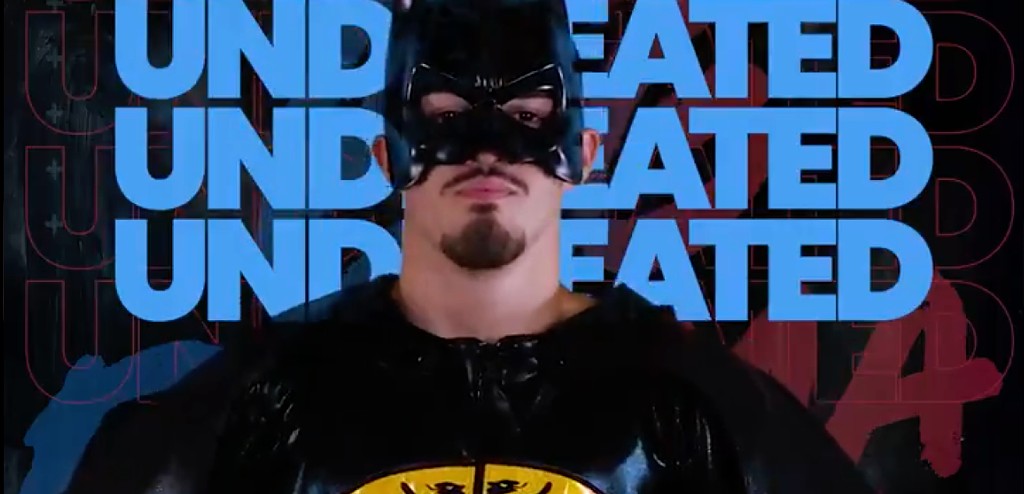
pic.twitter.com/youCUo7XMz
pic.twitter.com/GWyeTcmLKf
@Reshatmati1 gets the stoppage in the final round to end the year on a high!
#MatiOkoth #GGGSzeremeta @DAZNBoxing pic.twitter.com/3q7S21QAKk




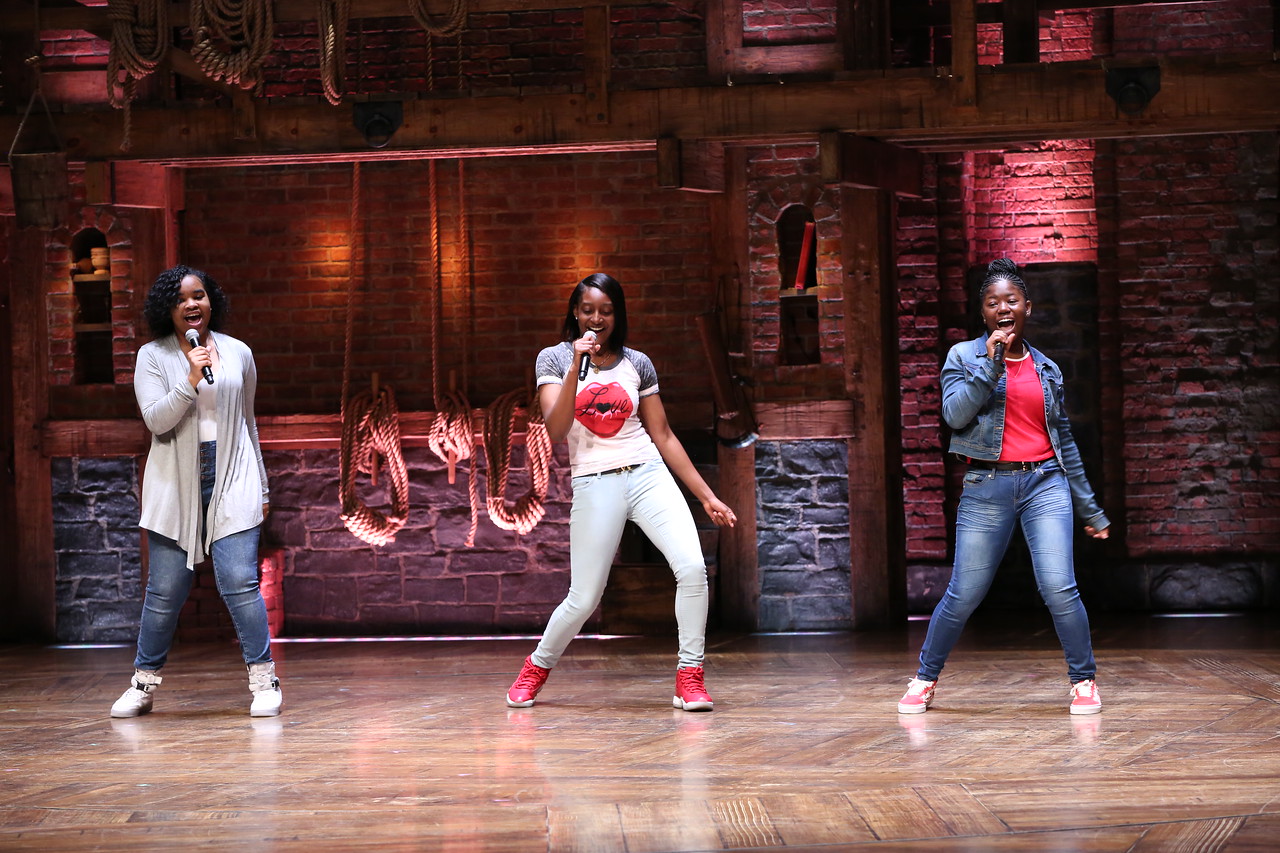
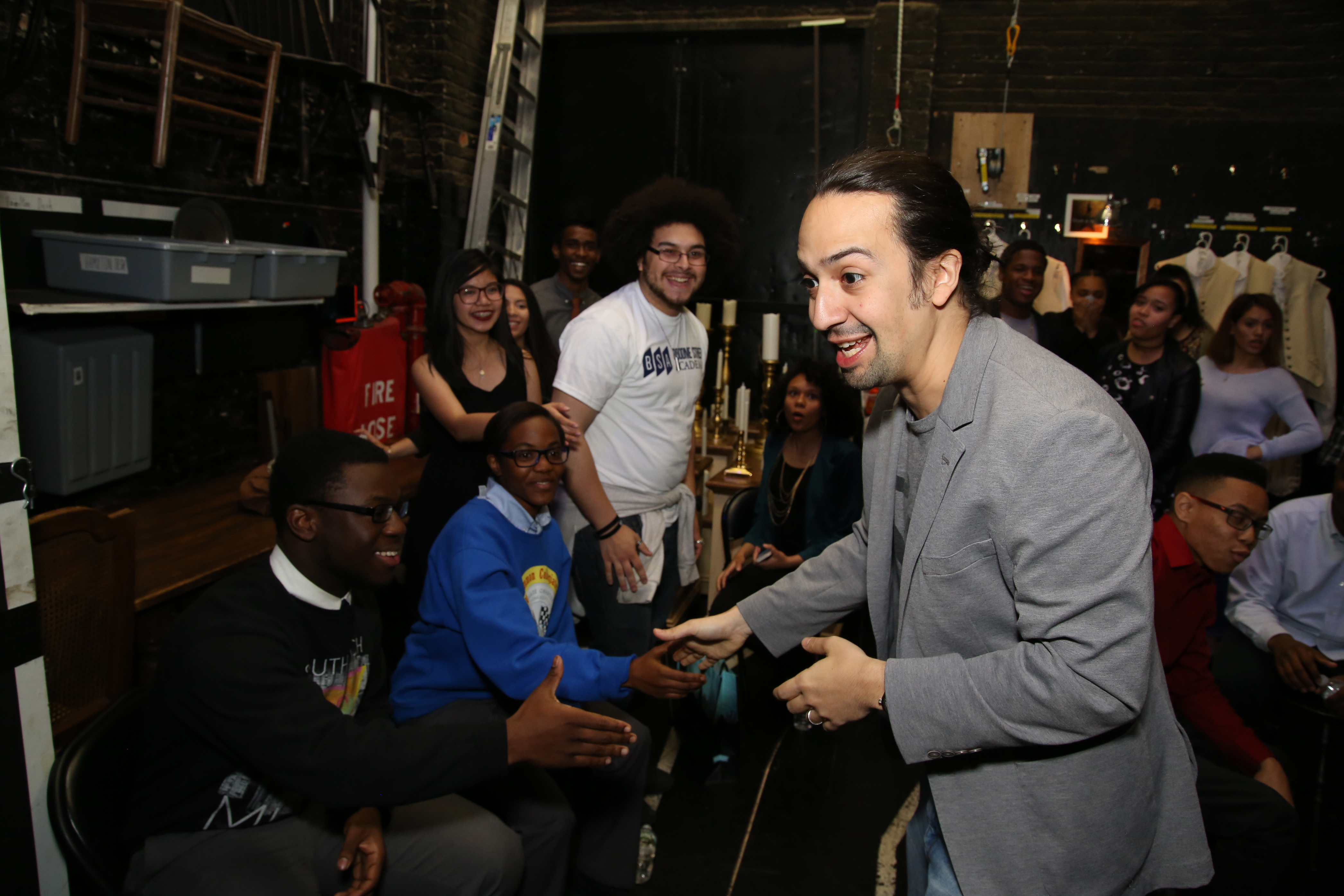
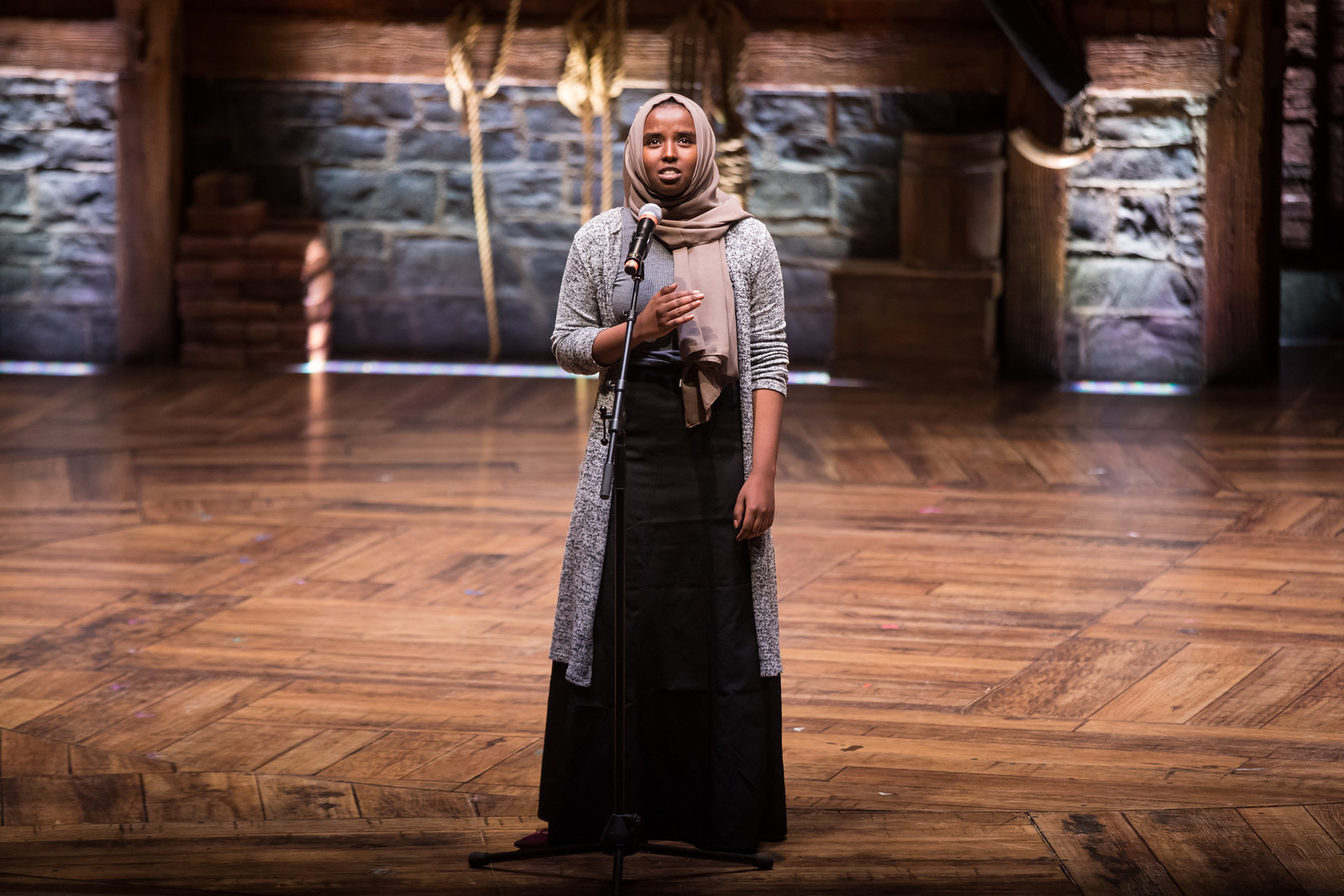
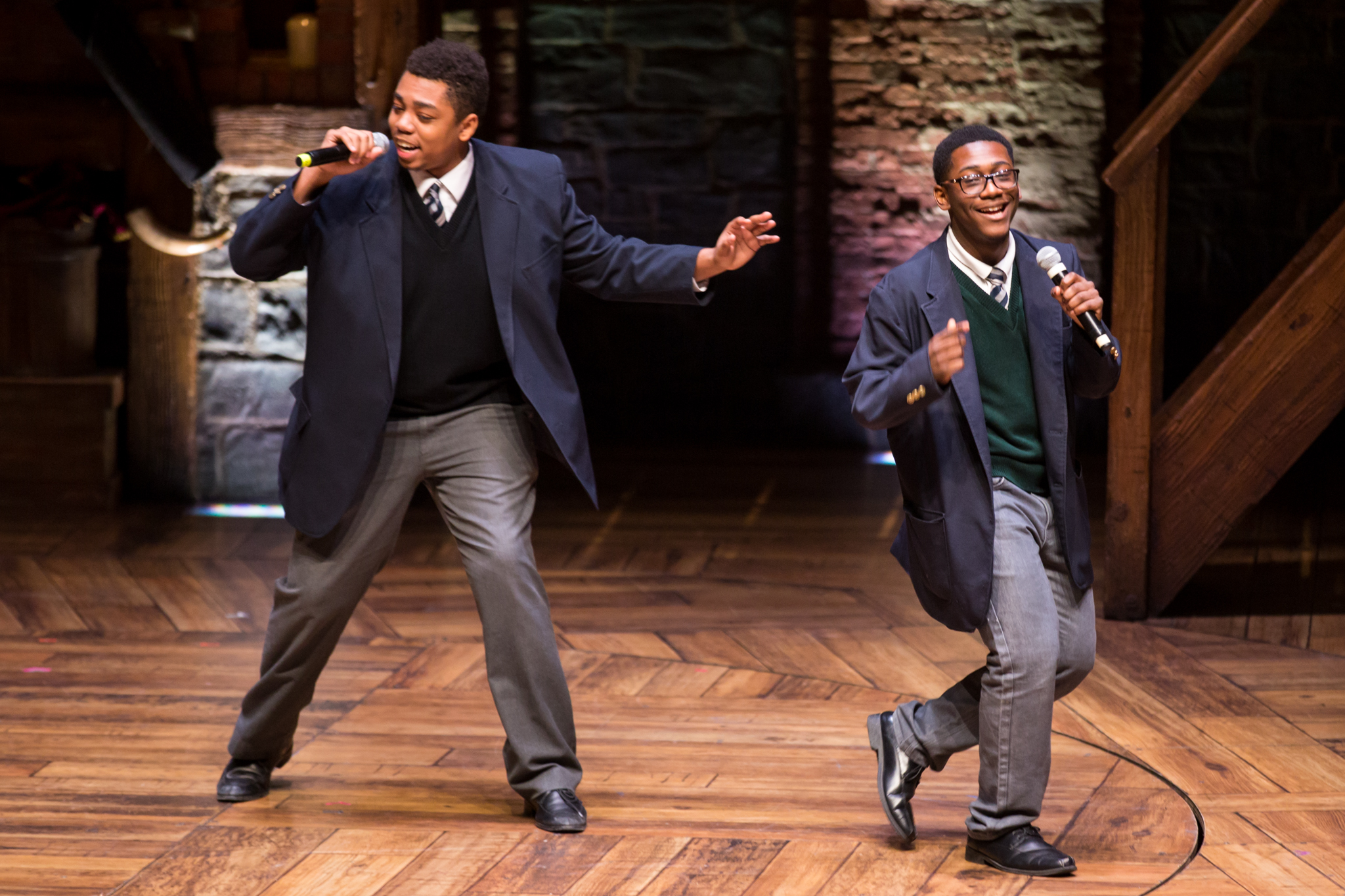
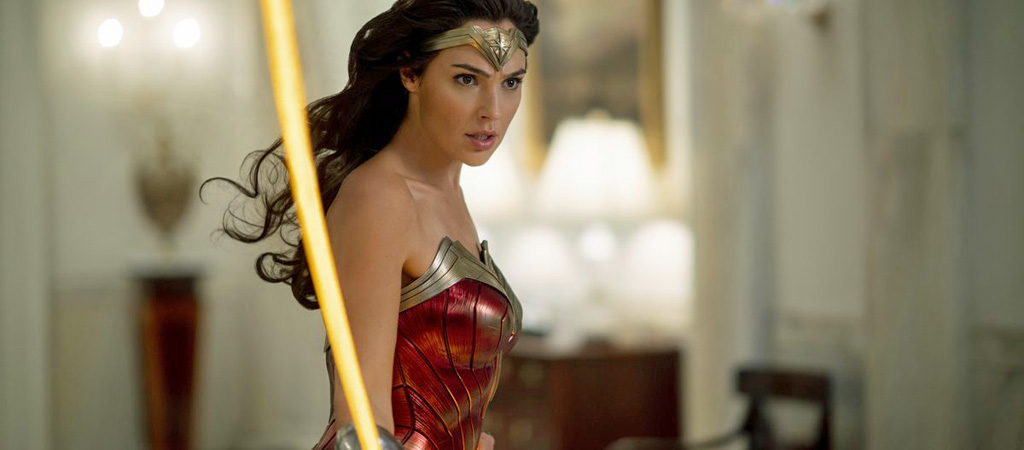

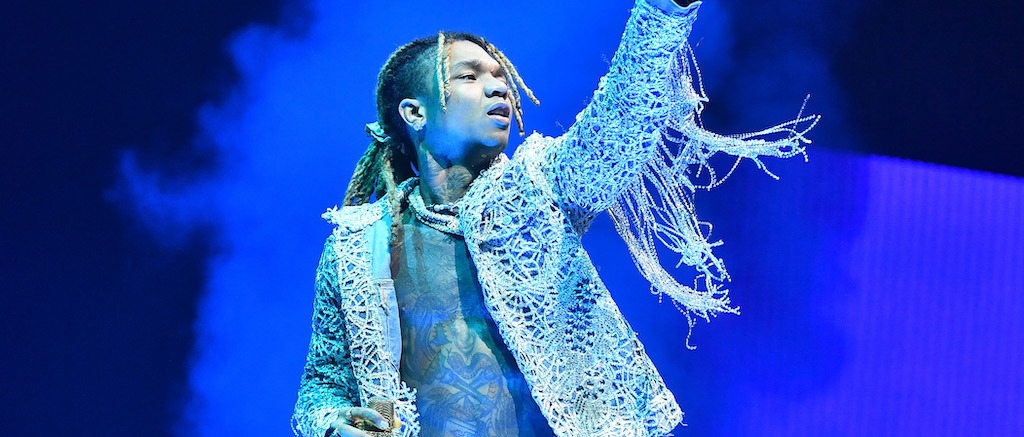





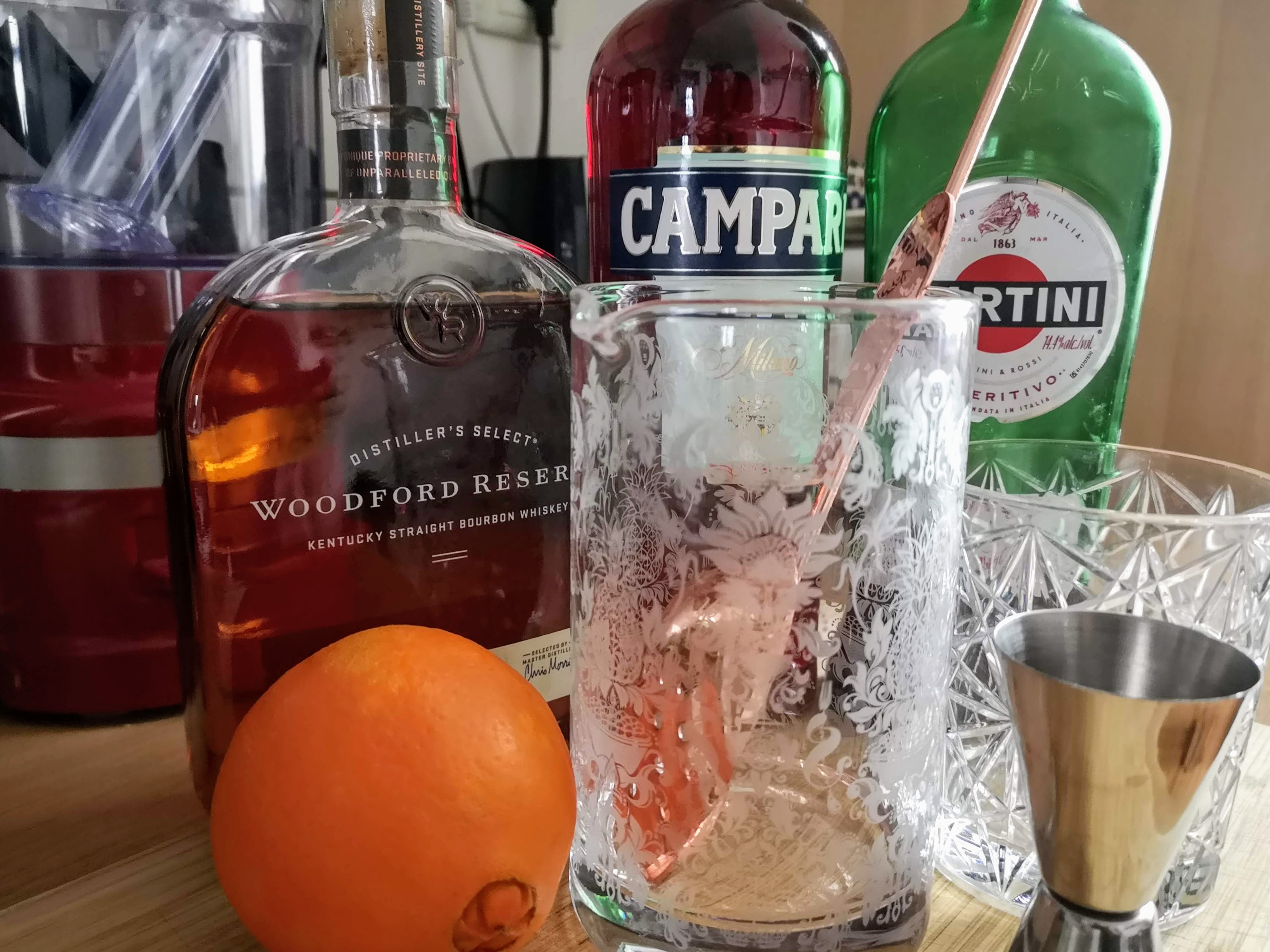

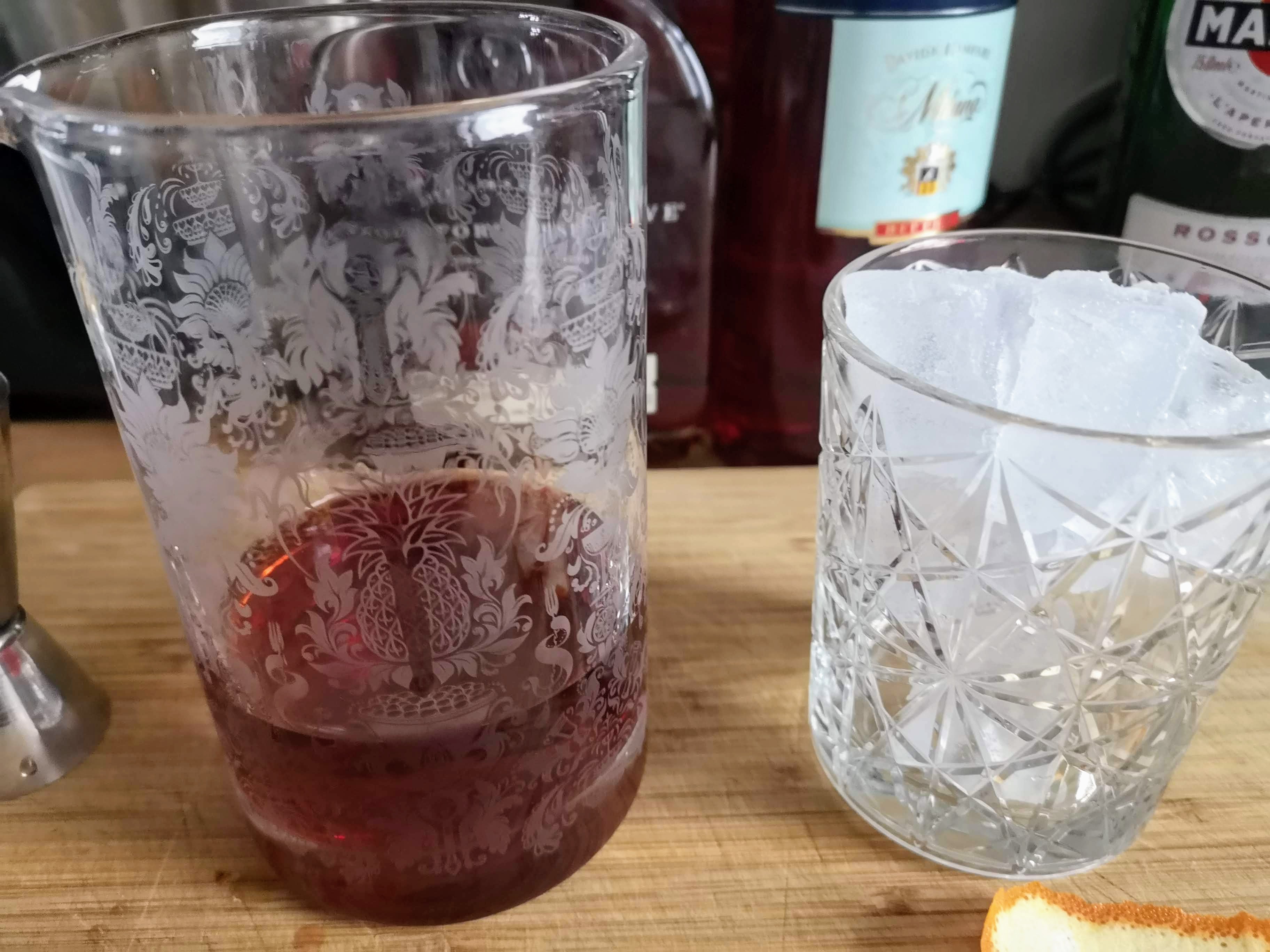
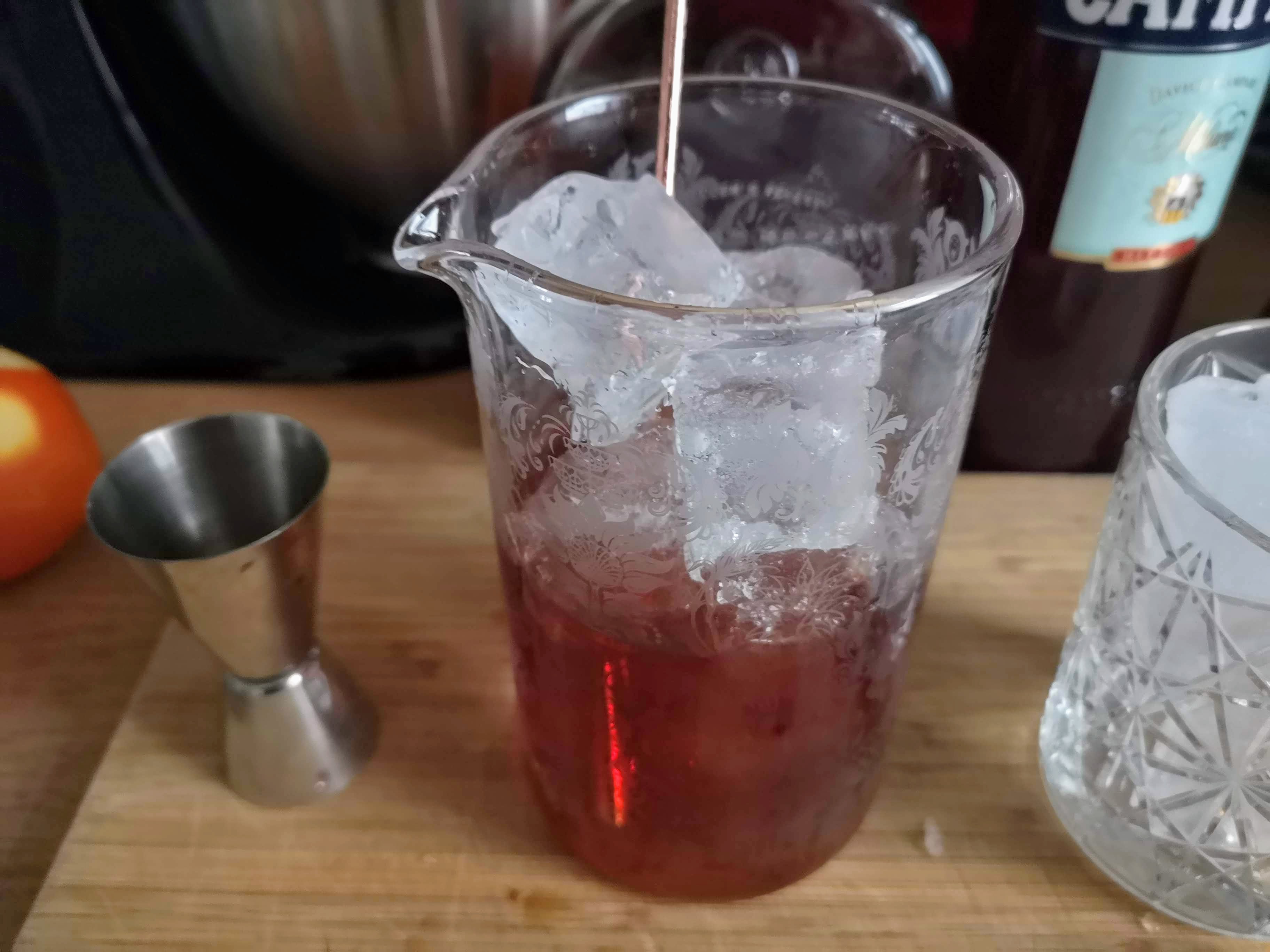

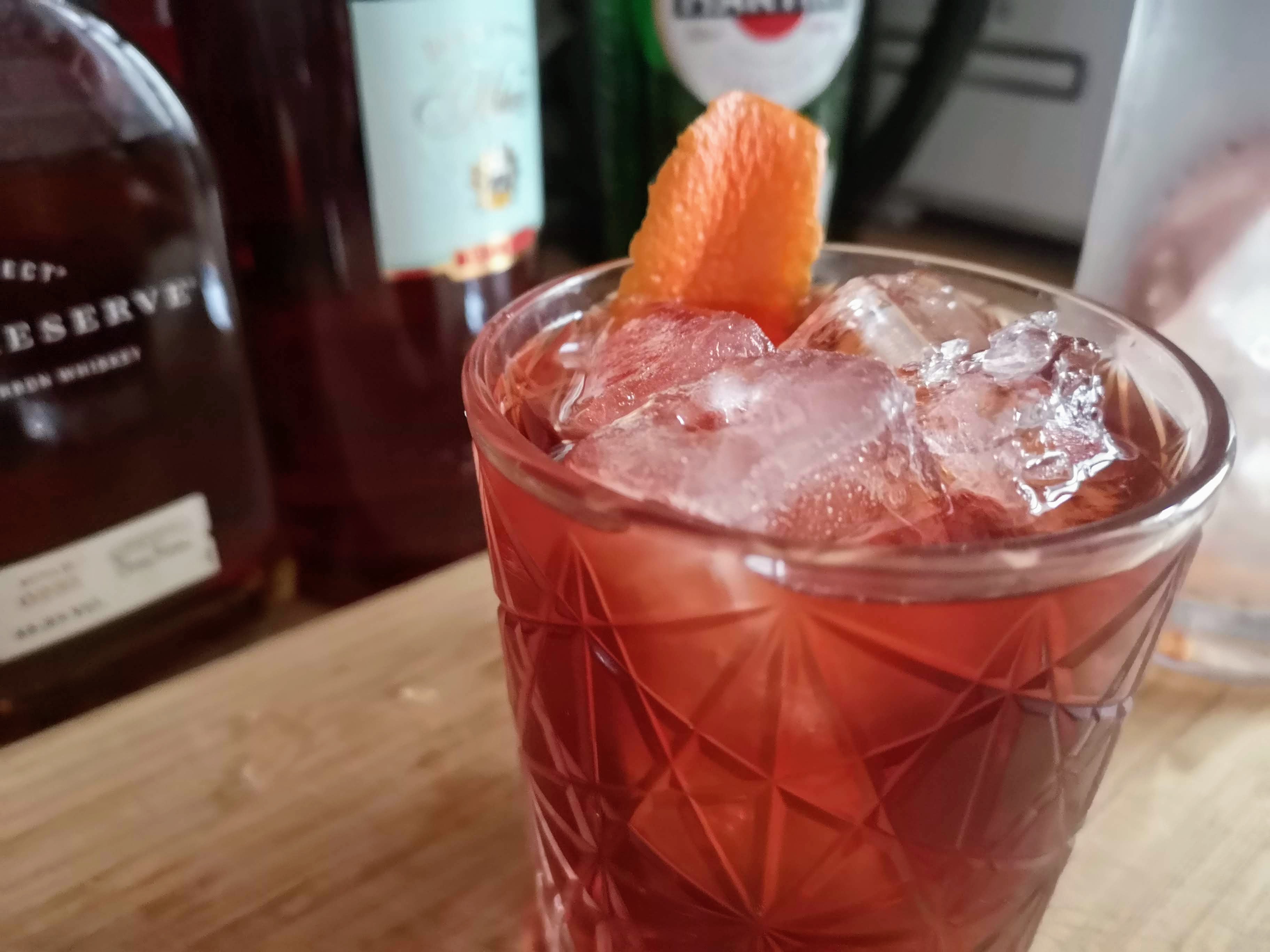


 That’s our purpose and our promise.
That’s our purpose and our promise. 